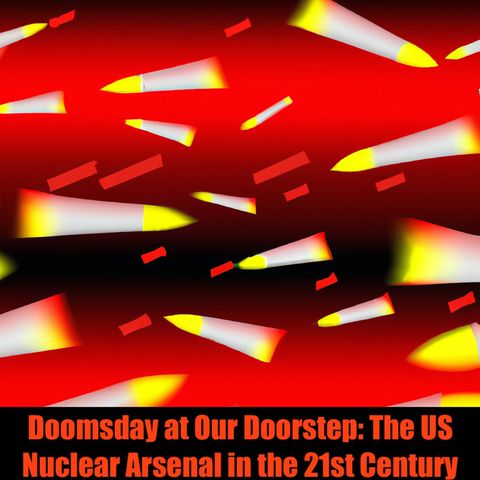The United States Nuclear Missile Program: A Legacy of Deterrence and Modernization The United States nuclear missile program is one of the most potent and complex military systems in the world. Its history stretches back to the dawn of the atomic age, and it continues to evolve today to meet the changing global security landscape. The origins of the US nuclear program lie in the Manhattan Project during World War II. In 1945, the successful testing of the atomic bomb ushered in a new era of warfare and geopolitical power dynamics. The Cold War that followed saw a rapid expansion of the US nuclear arsenal, with the development of increasingly sophisticated intercontinental ballistic missiles (ICBMs). The Minuteman ICBM, first deployed in 1962, became the mainstay of the US nuclear deterrent for decades. Its successors, the Minuteman II and III, remain operational today, some dating back to the 1970s. However, with age comes vulnerability. Recognizing the need to maintain a credible nuclear deterrent, the US has embarked on a modernization effort to upgrade its nuclear arsenal. This includes programs like:
- Ground-Based Strategic Deterrent (GBSD): This next-generation ICBM system will replace the aging Minuteman III fleet, offering improved range, accuracy, and survivability.
- Long-Range Standoff Weapon (LRSO): A new air-launched nuclear cruise missile designed for stealthy delivery from long distances.
- New submarine-launched ballistic missiles (SLBMs): The Columbia-class submarine program will replace the Ohio-class submarines, carrying a modernized version of the Trident II D5 missile.
These modernization efforts aim to ensure that the US nuclear arsenal remains effective and reliable well into the 21st century. The effectiveness of the US nuclear arsenal lies in its sheer size and destructive capacity. The US possesses the second-largest nuclear stockpile in the world, with approximately 3,750 warheads, according to the Bulletin of the Atomic Scientists. This vast arsenal serves as a powerful deterrent against potential adversaries, discouraging them from attacking the US or its allies. However, the existence of such a large and destructive force also raises concerns about the potential for nuclear proliferation and accidental detonation. Critics argue that the vast amount of resources allocated to nuclear weapons could be better spent on other priorities such as healthcare, education, or climate change. The future of the US nuclear missile program is likely to be shaped by several factors, including:
- The evolving threat landscape: The emergence of new nuclear powers and the continued development of missile technologies necessitate constant reassessments of the US nuclear posture.
- Arms control agreements: Treaties like the New START treaty play a crucial role in limiting nuclear arsenals and fostering dialogue between nuclear powers.
- Domestic and international pressure: Public opinion on nuclear weapons remains divided, with growing calls for disarmament and non-proliferation.
The US government faces the challenge of balancing the need for a credible nuclear deterrent with the imperative to reduce the risk of nuclear war. Moving forward, the US will need to continue to invest in modernization efforts while seeking diplomatic solutions to nuclear threats and promoting international cooperation on disarmament. The US nuclear missile program is a complex and controversial subject with far-reaching implications. Understanding its history, capabilities, and modernization efforts is crucial for informed discussions about nuclear deterrence, arms control, and international security in the 21st century. Thanks for listening to Quiet Please. Remember to like and share wherever you get your podcasts.


Comentarios